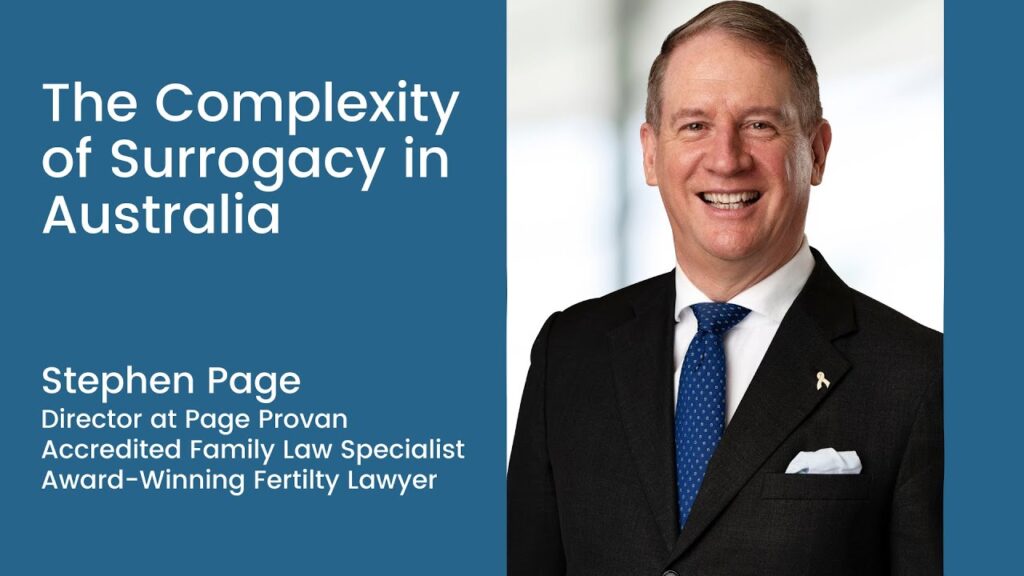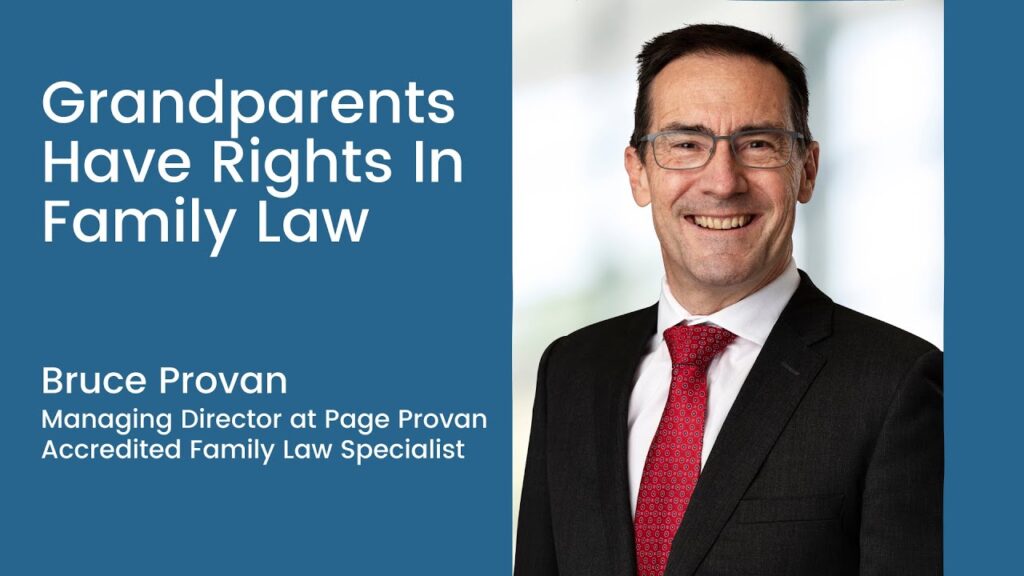Gay and Lesbian domestic violence- background
Apologies for the delays in posts, which have been caused by my having a break, including speaking at a US conference on DV in Denver.
One of the topics that came up not surprisingly was that of same sex domestic violence. So that this term is clear, it covers gay, lesbian, transgender and bisexual people. In Australia we also talk of intersex and queer people, but these were not discussed.
One of the key themes coming out of this topic at the conference was how poorly documented same sex domestic violence was, and at some levels how poorly understood it was.
Historically the fight against domestic violence came from and largely still comes from the feminist movement, which had its upsurge in the 1970’s. Feminists saw that male domestic violence towards them was part of a system of patriarchy- where dominant men are in control of all, set the rules and at worst use violence to perpetuate their power.
At the same time the gay revolution was occuring, and many gay and lesbians no doubt thought that upon escaping from the shackles of a heteronormative society that they would live in bliss.
To their shock, some have discovered that they were subject to domestic violence.
KEY FEATURES OF DOMESTIC VIOLENCE
The key features essentially involve dominance and control. If you have two parties in a domestic relationship, and one seeks to exert dominance and control over the other, and is successful, then the dominant party will continue to use whatever power he or she might have to dominate and control the other.
These tools include:
-emotional abuse
-financial abuse- for example checking up minutely on what their partner might be spending
-social isolation- for example engaging in a pattern of behaviour to separate their partner from family friends or faith groups
-sexual abuse- this could vary from pornographic images of their partner being posted on the web to rape
-damage to property- for example hitting the partner’s pet dog with a spade, throwing things at the partner
– physical assault-punching, hitting, biting, kicking,slapping, hair pulling, strangulation
– threats to commit these acts
What one sometimes sees in male/female relationships are some further dynamics:
– the man using his position as a man to justify his position “I’m your husband- I can have sex with you whenever and however I like”
– the man using religion to justify his position, most commonly qouting Ephesians 6 for wives to obey their husband
– that he will remove the children from her, that she will not be able to see them as she is a “worthless mother”
In same sex DV, most of these dynamics also come in play, but there are some slight changes:
-most significantly, threatening to out a partner to their family, workplace or church. I also came across this in a heterosexual relationship where the husband pressured the wife to enter into a threesome with his former girlfriend, then used it as a blackmail against his girlfriend that he would tell her religious family that she was a lesbian.
-threatening to remove the children from the partner. Most striking to me was how often it was stated at the conference that this seemed to be occuring in the US. Although this might also be occuring in Australia, Australian law under the Family Law Act allows a former partner to apply for the children to live with him or her,and to spend time with or communicate with those children even if not biologically not his or hers.
– seeking to humiliate a bisexual, transgender or intersex partner that they are not “normal” and having to prove that they are up to the mark.
NEXT POST- what can be done












